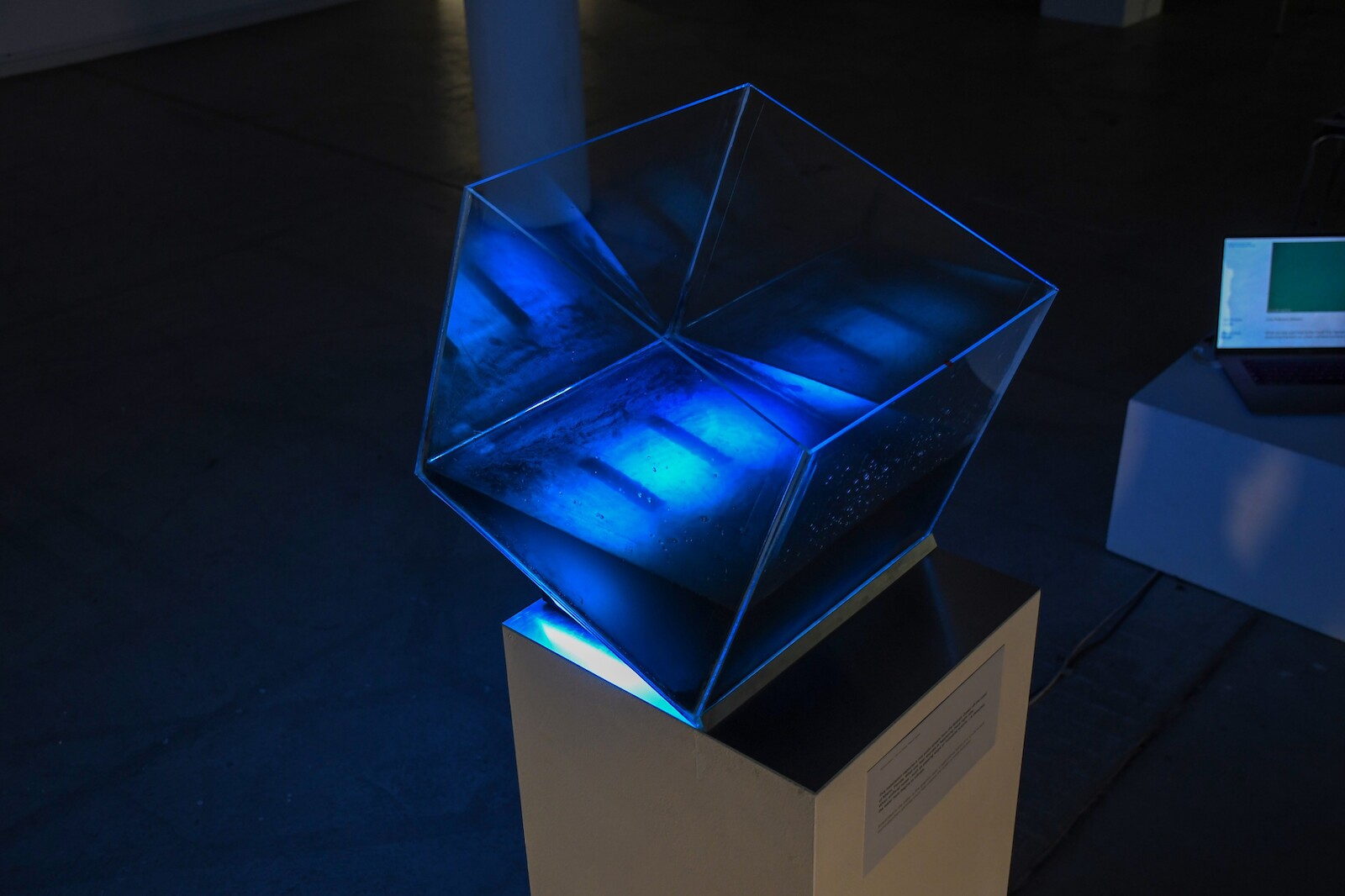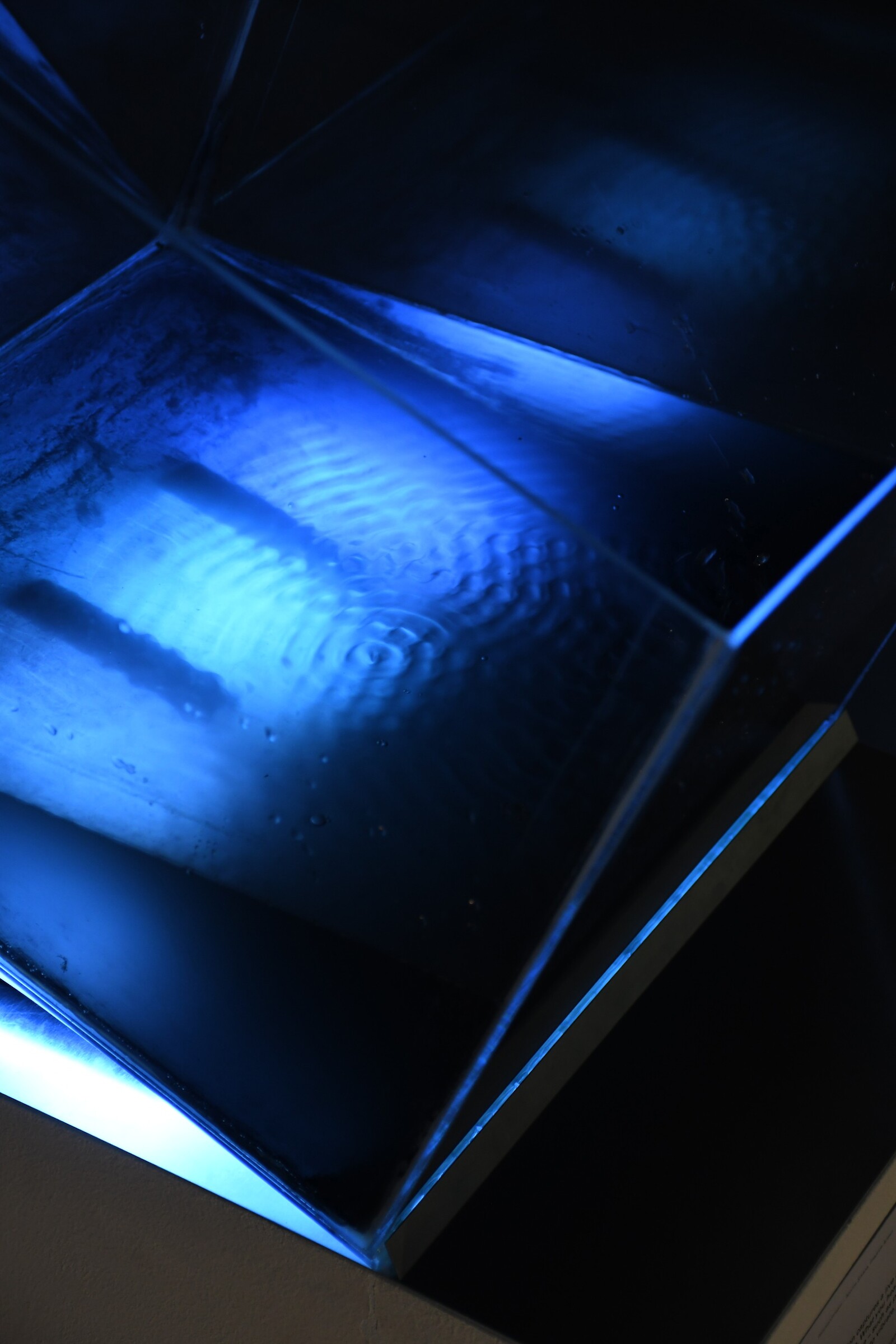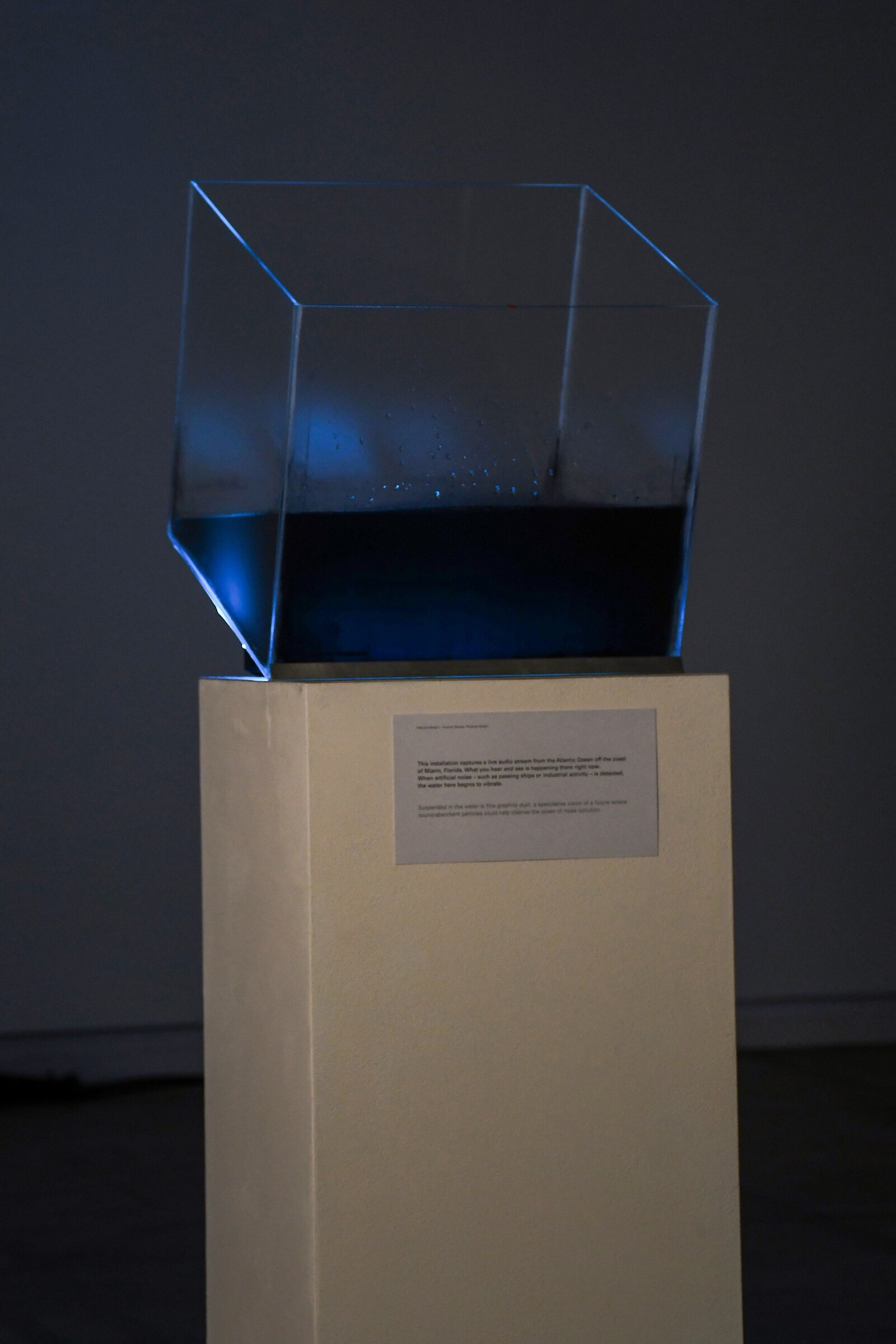PollutionStream
Underwater noise from shipping is having a detrimental effect on marine life. For a wide range of animals, from the largest whales to the tiniest plankton, sound serves as a crucial cue for communication, navigation, and finding food. Currently, around 150 marine species, including 47 species of marine mammals, 66 species of fish, and 36 species of invertebrates, have been shown to be negatively impacted by underwater noise pollution. While impulsive noise can pose immediate dangers, continuous noise from shipping has become the dominant feature of the ocean soundscape. In recent decades, the shipping industry has grown significantly, resulting in larger and faster vessels. Alarmingly, approximately 15% of vessels are responsible for most of the noise pollution in our oceans. Scientific studies highlight how noise pollution harms marine species both in the short term and long term, particularly affecting marine mammals, fish, crustaceans, and invertebrates. With commercial shipping producing half of this underwater noise, the situation necessitates urgent attention. As individuals concerned about the impact of human activities on marine ecosystems, we have devised an explorative installation to visualize the consequences of underwater noise pollution.
The installation aims not only to translate this issue into a visible experience but also to provoke discussions on potential solutions that could benefit affected species. Adopting a more-than-human perspective may foster collaboration between species to address this pressing problem. The centerpiece of our installation is an irregularly positioned tank filled with water that captures live data from The Coral City Camera, an underwater camera streaming real-time footage from an urban reef environment in Miami, Florida. Situated along the shoreline at the east end of PortMiami in about three meters of water, the installation visually enhances the patterns of murky water, drawing an analogy to smog found underwater. When artificial noise—such as passing ships or industrial activities—is detected, the water in the tank begins to vibrate. These vibrations cause dark particles within the water to conglomerate, creating an area of intensified concentration. In a speculative future scenario, this reaction could serve as a protective layer for marine animals, shielding them from the detrimental sounds produced by human activity. This concept envisions a world where sound-absorbent particles contribute to cleansing the ocean of noise pollution and creating a more hospitable environment for marine life. In conclusion, our exploration underscores the urgent need to address underwater noise pollution and its impact on marine ecosystems. By fostering awareness and encouraging innovative solutions, we hope to inspire collaborative efforts that prioritize the health of our oceans and the diverse species that inhabit them. It is essential that we advocate for a more sustainable relationship with our marine environments, recognizing that the well-being of marine life ultimately reflects the health of our planet.
Students
Ayleen Friedrich & Laura Aponte
Mentors
Prof. Dr. Karmen Franinović
Antoine Bertin
Luke Franzke
Dr. Lyndon Alex Jordan




